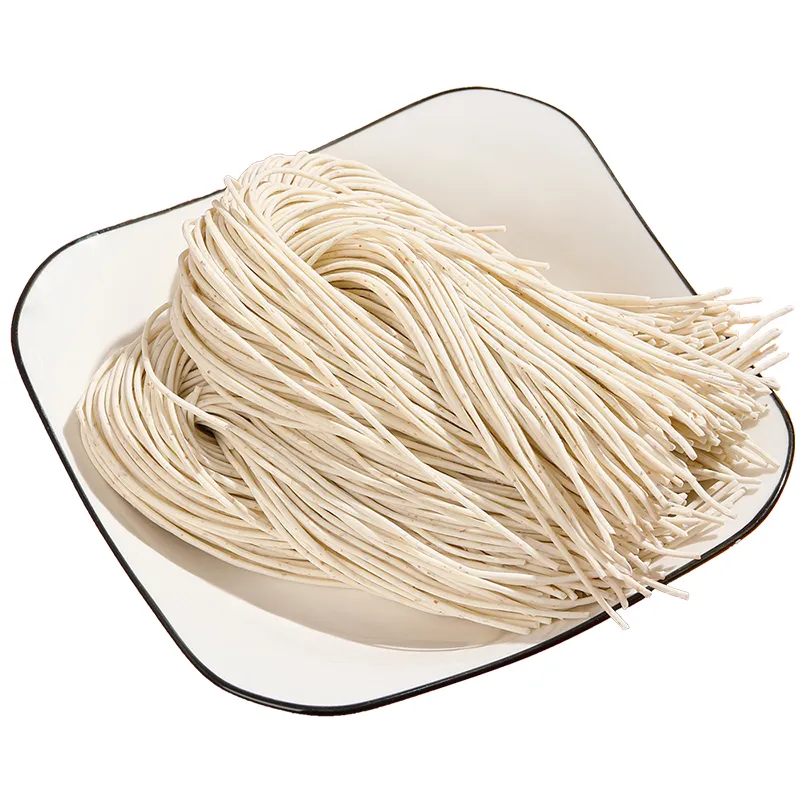egg ramen
The Allure of Egg Ramen A Culinary Delight
Egg ramen, a delightful twist on traditional ramen, has gained immense popularity in recent years, captivating food enthusiasts and casual diners alike. This dish, characterized by its rich broth, perfectly cooked noodles, and the star ingredient—ramen eggs—offers a sensory experience that goes beyond mere sustenance. Let's dive into the world of egg ramen, exploring its origins, preparation methods, and the reasons for its growing acclaim.
Origins of Ramen
Ramen traces its origins back to China, where wheat noodles in broth were a staple. The dish made its way to Japan in the late 19th century, evolving significantly over the years. Each region in Japan has its own distinct style of ramen, influenced by local ingredients and culinary traditions. Tonkotsu, shoyu, miso, and shio are just a few of the various ramen broth bases. Among these variations, egg ramen has carved out a niche, highlighting the interplay between creamy, soft-boiled eggs and flavorful noodle broth.
The Perfect Ramen Egg
The secret to a perfect bowl of egg ramen lies in the preparation of the ramen eggs, known as ajitsuke tamago. These soft-boiled eggs, marinated in a mixture of soy sauce, mirin, and sometimes a touch of sugar, achieve the perfect balance of savory and slightly sweet flavors. The process of making these eggs requires precision, as cooking them for exactly six to seven minutes creates a custard-like yolk that complements the robust broth beautifully. When sliced in half, the vibrant, yellow yolk adds a creamy richness to the dish that enhances the overall experience.
Broth and Noodles The Heart of the Bowl
Crafting a remarkable bowl of egg ramen involves more than just the eggs. The broth serves as the heart of the dish, providing depth and complexity. A traditional tonkotsu broth, made by simmering pork bones for hours, results in a rich, creamy foundation. Alternatively, a lighter shoyu broth, based on soy sauce, can be used for those preferring a more delicate flavor. The choice of noodles is equally crucial. Ramen noodles come in various shapes and sizes, with the best ones featuring a chewy texture that holds up well in the broth.
egg ramen

Additions and Customization
One of the beauties of egg ramen is its versatility. While the basic components remain the same, chefs and home cooks alike can customize their bowls with an array of toppings. From sliced chashu pork and green onions to seaweed and bamboo shoots, the topping options are virtually limitless. Additionally, spice enthusiasts can add chili oil or togarashi for an extra kick.
Beyond the classic additions, there is also room for creativity. Some chefs experiment with fusion elements, incorporating ingredients from different cuisines, like kimchi or sriracha, to give egg ramen a modern twist.
The Cultural Impact of Egg Ramen
The rise of social media has played a substantial role in popularizing egg ramen. Not only has it become a trendy dish in restaurants, but home cooks have also embraced it, sharing their unique takes and beautiful presentations online. Vibrant photos of perfectly composed bowls of ramen have sparked a widespread ramen craze, drawing attention to the skill and artistry involved in its creation.
Conclusion
Egg ramen is more than just a meal; it’s an experience that embodies the rich culinary traditions of Japan while inviting innovation. The combination of flavorful broth, perfectly cooked noodles, and luscious marinated eggs creates a satisfying symphony of tastes and textures. Whether enjoyed in a bustling restaurant or crafted at home, egg ramen continues to bring joy and comfort to those who savor it. As food culture evolves and diversifies, egg ramen stands as a testament to the power of culinary creativity and the simple pleasure of a delicious bowl of noodles.
-
Is Whole Wheat Pasta Healthy?NewsMay.30,2025
-
Are Soba Noodles Good for Weight Loss?NewsMay.30,2025
-
Are Buckwheat Soba Noodles Healthy?NewsMay.30,2025
-
Are Buckwheat Soba Noodles Gluten Free?NewsMay.30,2025
-
Are Buckwheat Noodles Good for You?NewsMay.30,2025
-
A Healthy Way to Savor Soba and Spicy FlavorsNewsMay.30,2025
-
What Are Lanzhou Noodles?NewsMay.30,2025
Browse qua the following product new the we

















































































































